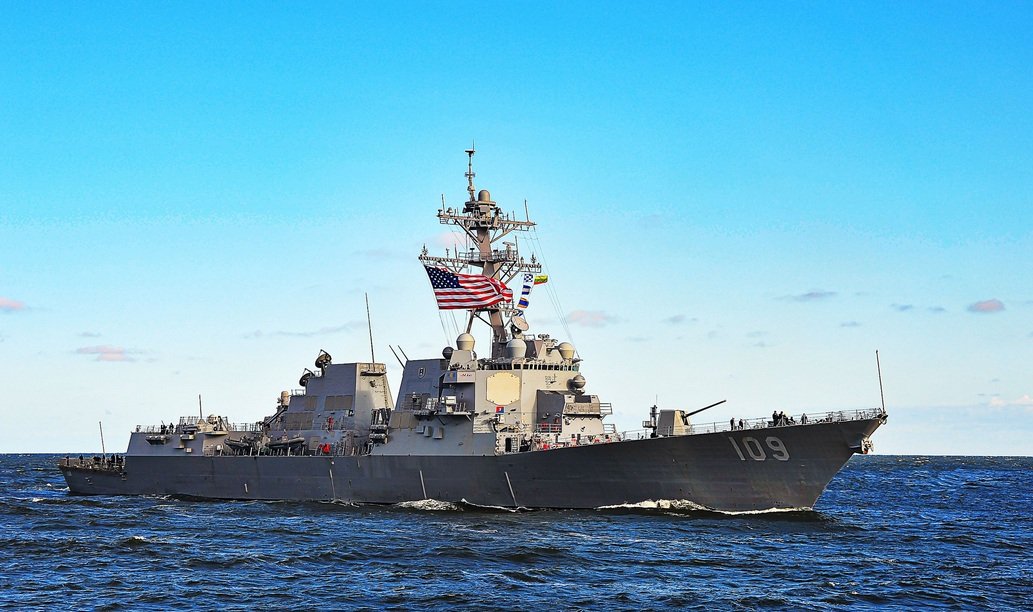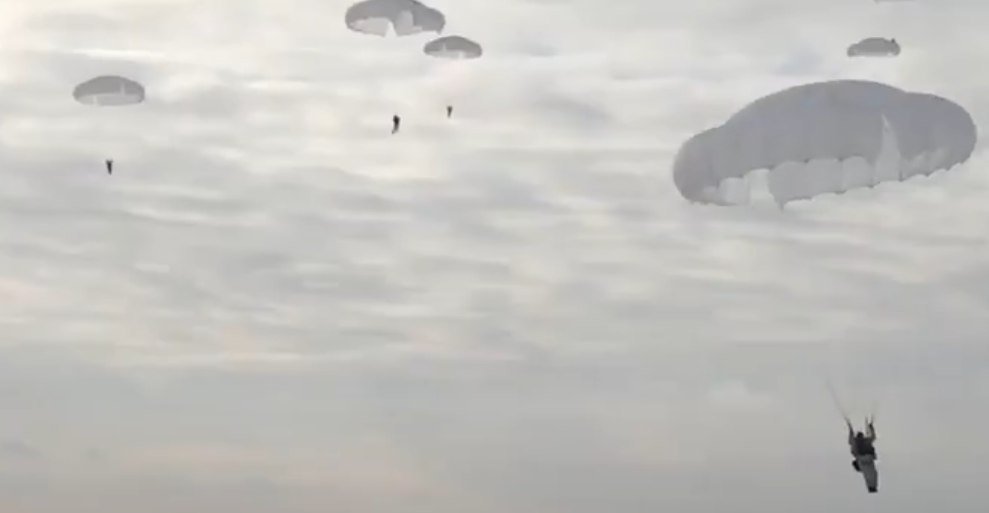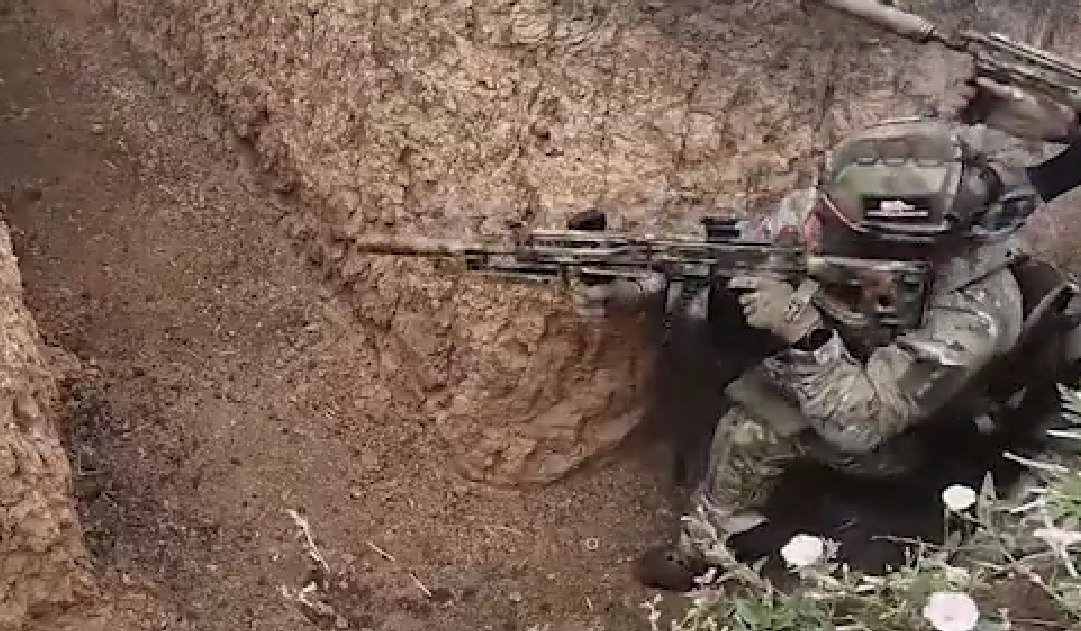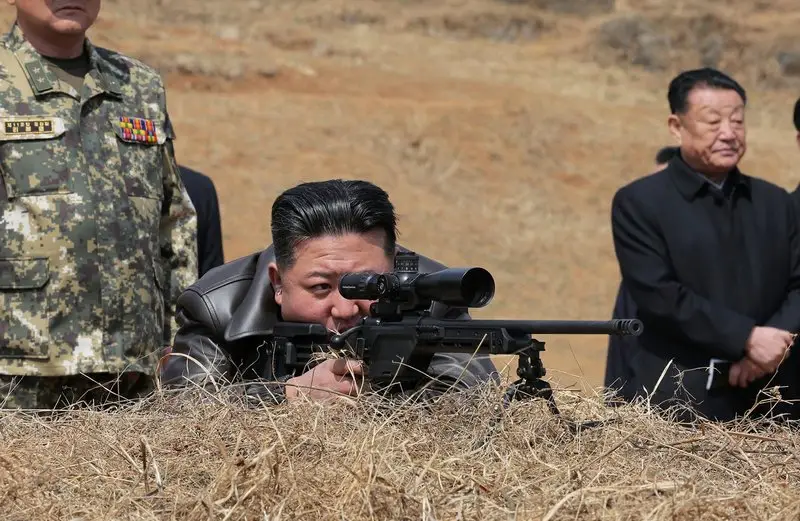
US Army Selects MARS Inc & Barrett Precision Grenade Launcher, Also Designed to Counter Drones
In the xTech Soldier Lethality Competition for the “Precision Grenadier System” (PGS), their weapon was able to defeat the finalist from FN. Barrett issued a press release late last night stating that the US Army (US ARMY) selected their weapon. In six months, the consortium was able to design, build, test and demonstrate the effectiveness of a new 30 mm grenade launcher system in support of the Army’s Precision Grenadier System (PGS) requirement.
The PGS is a soldier-portable, shoulder-fired, semi-automatic, magazine-fed, integrated weapons system (weapon, ammunition, fire control) that enables rapid and accurate engagement and destruction of manpower in cover or behind obstacles (defilade) and also the destruction of unmanned aerial systems (UAS) at close range.
The weapon was recorded in January 2025 at the Barrett booth at the SHOT Show 2025 as the SSRS (Squad Support Rifle System):
Barrett further mentioned its marketing successes to date, which have objectively moved small arms forward in recent decades. It recalled its success with the semi-automatic M82 model in 12.7×99 mm caliber from 1989 (it is reported that the weapon was also in service with the Slovak troops) and its modern variants, as well as the MRAD MK 22 – which the company described as the most accurate sniper rifle in the world with multiple calibers. In addition to the US, the company’s weapons have entered the service of more than 80 allied countries around the world.
A Russian soldier with a captured Barrett M107A1 model, which was created as a by-product of the development of the Barrett M95 repeating rifle and was eventually adopted as a semi-automatic replacement for the original M82. The M107A1 itself is to be replaced by the Mk22 MRAD:
Regarding PGS, the company states that it is committed to providing the US Army with another game-changing advantage: a programmable air burst system for destroying manpower behind obstacles or in cover (Air Bursting counter defilade) and anti-drone capabilities (Counter-UAS). Barrett further praises the cooperating companies for the result achieved in a short time compared to other programs to increase the US ARMY’s firepower.
These were a relatively small company MARS Inc, which made a decisive contribution to the design of the grenade launcher, AMTEC Corp, which developed an entirely new family of 30 mm ammunition that allows firing from the shoulder, and Precision Targeting, which developed a fire control system adapted for AMTEC ammunition.
This new family of ammunition will have the full range of capabilities required by the US Army. These include programmable high-explosive airburst rounds, impact and proximity fuze rounds, as well as CQB ammunition for close-quarter battle (CQB – Close Quarter Battle, close combat usually in urban environments) and armor-piercing rounds.
In addition to the Barrett press release, the contribution of MARS Inc. is more highlighted, which is presented in it as a firearms research and development company based in Montana. It designs, tests and markets cutting-edge firearms technologies for military and civilian use. MARS, known for its innovative solutions, has created an ultra-low recoil battle rifle chambered in 7.62 x 51 mm NATO, which uses a unique recoil barrel technology. After being selected as a finalist in the U.S. Army’s xTech Precision Grenadier System competition, MARS continues to enhance its patented technologies and explore new opportunities with partner Barrett, while continuing its innovative research and development.
Originally the Squad Support Rifle System (SSRS) from MARS Inc., it utilizes the long-recoil action developed by Michael Merino, also used in the Olympus Arms Vulcan rifle, feeds from a 5-round magazine, and fires 30×42mm grenades. The SSRS also features a patented pneumatic damper that helps mitigate the recoil when firing 30mm ammunition at high velocity compared to conventional grenade launchers, reducing the grenade’s flight time to the target and increasing the likelihood of hitting a moving target, such as a drone.
The PGS is designed to engage targets at ranges from 35 to 500+ meters using a variety of shells, including the Counter Defilade round (behind cover), the Close Quarters Battle round (the SSRS is used as a shotgun), the Counter UAS round (anti-drone), and the Armor-Piercing round. The SSRS has a 12-inch (305 mm) barrel with a 1:24″ rise, an overall length of 33.9″ (861 mm), and a weight (with optics) of 13.9 pounds (6.3 kg). The weapon can successfully compete with new products such as the Rheinmetall SSW 40 on the international arms market.


Martin Scholz


















